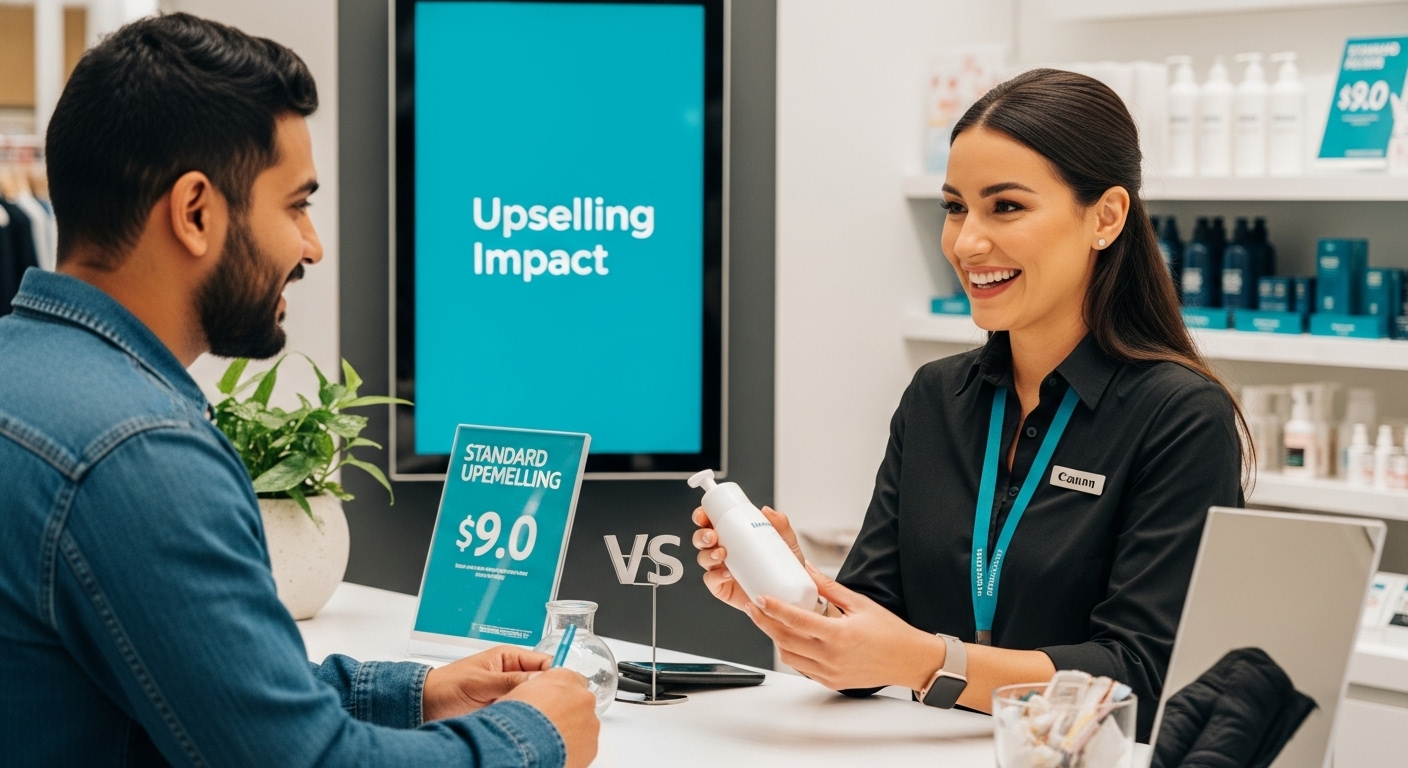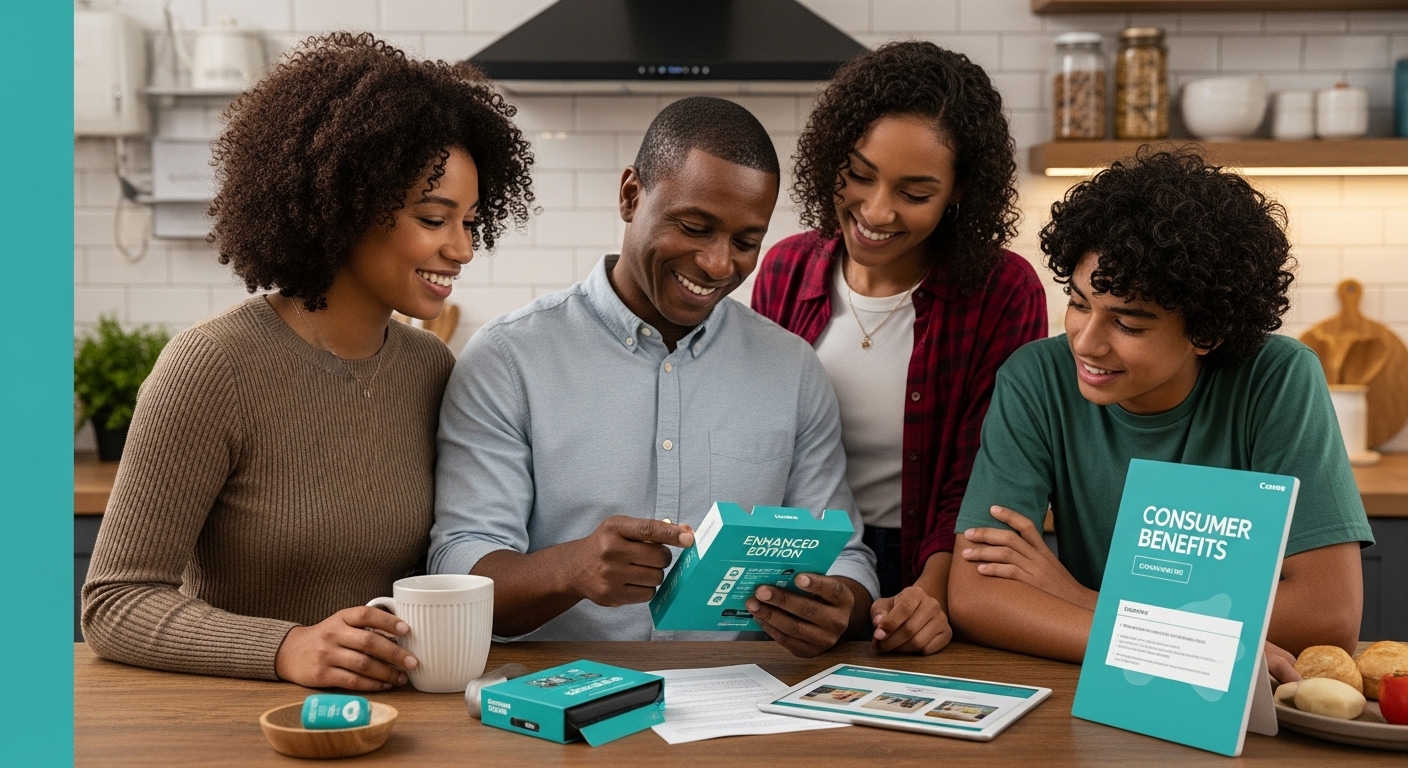-
Shop
- Advanced Technologies
- Arts, Crafts & Hobbies
- Back to School
- Bathroom
- Best-Sellers
- Car Accessories
- Clothing
- Dating & Social Skills
- Digital Resources
- Budgeting & Saving
- Emotional Intelligence
- Entrepreneurship & Business Growth
- Financial Independence
- Financial Mindset & Psychology
- Goal Setting
- Leadership
- Mindfulness
- Motivation
- Nutrition & Healthy Eating
- Positive Thinking
- Productivity
- Self Confidence
- Sleep Improvement
- Stress Management & Relaxation
- Yoga & Mind-Body Practices
- Education & Learning
- Family & Parenting
- Fashion
- Alexander McQueen
- Bags
- Bags & Wallets
- Balenciaga
- Belts
- Blazers
- Bottega Veneta
- Brunello Cucinelli
- Burberry
- Chanel
- Chloé
- Dior
- Dolce & Gabbana
- Dresses
- Etro
- Fendi
- Gucci
- Hats & Hair Accessories
- Hoodies & Sweatshirts
- Jacquemus
- Jewelry
- Jil Sander
- Jimmy Choo
- Keychains
- Kiton
- Luggage
- Men's Fashion
- Miu Miu
- Off-White
- Outerwear
- Prada
- Rick Owens
- Saint Laurent
- Shoes
- Skirts
- Socks & Tights
- Sunglasses
- Sweaters & Cardigans
- The Row
- Tom Ford
- Tops & Shirts
- Valentino
- Valentino Garavani
- Versace
- Vivienne Westwood
- Watches
- Fashion Accessories
- Furniture
- Gadgets
- Health & Beauty
- Health & Wellness
- Home & Garden
- Home Supplies
- Kids & Babies
- Kitchen
- Lighting
- Nike
- Patio, Lawn & Garden
- Personal Growth
- Personal Style & Fashion
- Pet Care
- Pet Supplies
- Pets
- Sport & Outdoors
- Super Deals
- TikTok Growth & Monetization Mastery
- Travel
- Wealth
- Wealth Building
- YouTube Shorts Best-Sellers
What is Upselling? Understanding Its Importance and Impact

Upselling shapes the way people shop, guiding many toward choices they might not have considered. More than 60 percent of online sales now include an upselling element woven into the customer journey. Most would expect this to be just another sales ploy. Actually, the real surprise is how upselling often leaves shoppers more satisfied with their decisions—helping them discover features or products that fit their needs far better than their first pick.
Table of Contents
- Defining Upselling: What It Is And How It Works
- The Importance Of Upselling: Why It Matters For Shoppers
- Mechanics Of Upselling: How Businesses Implement It
- Real-World Examples: Upselling In Online Shopping
- Key Concepts Behind Successful Upselling Strategies
Quick Summary
| Takeaway | Explanation |
|---|---|
| Upselling enhances customer value. | It encourages shoppers to consider higher-end products that truly benefit their needs and preferences. |
| Focus recommendations on real customer benefits. | Effective upselling should demonstrate clear advantages of upgrades, ensuring customers see genuine value. |
| Utilize data-driven insights for personalization. | Analyzing customer behavior helps tailor upselling suggestions, making them feel natural and relevant. |
| Train staff on product value propositions. | Empower sales representatives with knowledge on product enhancements to communicate advantages effectively. |
| Create seamless upgrade pathways. | Ensure transition to premium options is easy, enhancing the overall customer purchasing experience. |
Defining Upselling: What It Is and How It Works
Upselling represents a strategic sales technique designed to increase transaction value by encouraging customers to purchase a higher-end or more premium product than their original selection. Unlike traditional selling approaches, upselling focuses on presenting enhanced value propositions that genuinely benefit the customer while simultaneously increasing revenue for businesses.
The Core Concept of Upselling
At its fundamental level, upselling involves recommending product upgrades, complementary items, or premium versions that provide superior features or benefits compared to the customer’s initial choice. According to Cornell University’s Business Research, this strategy helps businesses balance product demand and supply by strategically redirecting customer interest toward higher-value offerings.
Key characteristics of effective upselling include:
- Demonstrating clear additional value for the customer
- Presenting relevant and meaningful product enhancements
- Maintaining transparency about product differences
![]()
- Ensuring the recommended upgrade genuinely improves customer experience
How Upselling Works in Practice
Successful upselling requires a nuanced understanding of customer needs and preferences. Businesses achieve this by analyzing purchasing patterns, understanding product features, and creating personalized recommendations that feel natural rather than pushy.
For instance, when a customer selects a basic smartphone, an effective upselling approach might involve highlighting additional features like enhanced camera capabilities, larger storage capacity, or improved battery performance. The recommendation should focus on solving specific customer problems or fulfilling unstated desires.
Effective upselling strategies typically involve:
- Timing recommendations appropriately during the purchasing process
- Using data-driven insights to personalize suggestions
- Training sales representatives to understand product value propositions
- Creating seamless upgrade pathways that feel intuitive to customers
By implementing thoughtful upselling techniques, businesses can enhance customer satisfaction while simultaneously improving their revenue streams.
The Importance of Upselling: Why It Matters for Shoppers
Upselling transcends traditional sales strategies by offering significant value to consumers beyond simple revenue generation. When executed thoughtfully, this approach transforms purchasing experiences by providing shoppers with enhanced product options that genuinely improve their buying decisions and overall satisfaction.
Consumer Benefit Perspectives
Contrary to common perception, upselling is not merely a business tactic but a consumer-centric approach that helps shoppers make more informed purchasing decisions. According to National Institutes of Health research, effective upselling techniques can improve consumer decision satisfaction by introducing complementary or upgraded products that precisely match individual needs.
Key consumer advantages of strategic upselling include:
- Access to more comprehensive product information
- Opportunity to discover superior product features
- Potential long-term cost savings through upgraded functionality
- Enhanced understanding of product capabilities
Economic and Practical Implications
Upselling serves as a critical mechanism for consumers to understand the full spectrum of product capabilities. By presenting upgraded options, businesses help shoppers evaluate their actual requirements and make more nuanced purchasing decisions. This approach allows customers to assess whether additional features justify the increased investment.
For example, when purchasing electronics, upselling might reveal critical differences between product models such as enhanced processing speed, better battery life, or advanced security features. These insights empower consumers to make choices aligned with their specific needs rather than settling for basic options.

Significant consumer advantages of well-executed upselling strategies include:
- Comprehensive product comparisons
- Transparent pricing structures
- Personalized recommendation systems
- Expanded understanding of product ecosystems
Ultimately, effective upselling represents a collaborative process where businesses and consumers work together to identify the most suitable product solutions, creating a win-win scenario that prioritizes informed decision making and genuine value creation.
Mechanics of Upselling: How Businesses Implement It
Upselling represents a sophisticated sales strategy that requires careful planning, deep customer understanding, and strategic product positioning. Businesses employ multiple sophisticated techniques to transform basic transactions into opportunities for enhanced customer value and increased revenue generation.
Strategic Implementation Frameworks
Implementing effective upselling demands a comprehensive approach that goes beyond simple product recommendations. According to EICOM Institute’s Sales Research, successful upselling strategies focus on understanding customer needs and presenting relevant product upgrades that genuinely enhance the purchasing experience.
Critical components of successful upselling implementation include:
- Detailed customer behavior analysis
- Advanced data tracking systems
- Personalized recommendation algorithms
- Seamless product transition pathways
Technical and Psychological Approaches
Businesses leverage both technological tools and psychological insights to craft compelling upselling strategies. Modern upselling techniques incorporate advanced data analytics, machine learning algorithms, and consumer behavior studies to create precise, targeted recommendations.
Technological approaches typically involve:
- Real-time customer preference tracking
- Predictive purchasing behavior models
- Contextual recommendation engines
- Dynamic pricing optimization systems
The psychological dimension of upselling centers on understanding customer motivations, presenting upgrades as solutions to unstated needs, and creating a sense of added value rather than perceived pressure. By framing additional features as problem-solving mechanisms, businesses transform upselling from a sales tactic into a customer service experience.
Successful upselling ultimately bridges the gap between business revenue goals and genuine customer satisfaction, creating a mutually beneficial interaction that extends beyond traditional transactional relationships.
Real-World Examples: Upselling in Online Shopping
Online shopping platforms have transformed upselling from a traditional sales technique into a sophisticated, data-driven customer engagement strategy. These digital marketplaces leverage advanced algorithms and personalized recommendations to seamlessly integrate product upgrades and premium options throughout the shopping experience.
Digital Platform Upselling Techniques
Modern e-commerce websites employ intricate upselling strategies that go beyond simple product suggestions. According to EICOM Institute’s Retail Research, effective online upselling involves presenting higher-value product alternatives that genuinely enhance customer purchasing decisions.
Common digital upselling approaches include:
- Personalized product recommendations based on browsing history
- Strategic placement of premium product options
- Comparative pricing displays
- Bundle deal suggestions
Strategic Product Positioning
Online retailers craft upselling experiences by strategically positioning enhanced product versions at critical decision points. For instance, when a customer selects a basic smartphone, the platform might immediately display models with superior camera capabilities, increased storage, or advanced processing power. These recommendations are tailored using sophisticated machine learning algorithms that analyze individual user preferences and purchasing patterns.
Key upselling placement strategies involve:
- Product page upgrade suggestions
- Checkout process enhancement options
- Complementary product recommendations
- Post-purchase upgrade invitations
The most effective online upselling techniques transform what could be perceived as aggressive sales tactics into helpful, customer-centric guidance. By presenting relevant upgrades that solve potential user challenges, e-commerce platforms create a shopping experience that feels personalized and supportive rather than manipulative.
Ultimately, successful online upselling represents a delicate balance between business revenue goals and genuine customer value creation, leveraging technology to provide more informed and satisfying shopping experiences.
Key Concepts Behind Successful Upselling Strategies
Upselling represents a nuanced art that combines psychological insight, strategic product knowledge, and customer-centric thinking. Businesses must transcend traditional sales approaches to create meaningful recommendations that genuinely enhance customer experiences and provide tangible value.
Psychological Foundations of Upselling
Effective upselling hinges on understanding customer motivations and presenting product upgrades as solutions rather than mere sales tactics. According to EICOM Institute’s Sales Research, successful strategies focus on addressing underlying customer needs and expectations.
Critical psychological principles of upselling include:
- Recognizing customer pain points
- Building trust through transparent recommendations
- Demonstrating genuine product value
- Creating emotional connection with product offerings
Strategic Recommendation Frameworks
Successful upselling requires a sophisticated approach that balances business objectives with customer satisfaction. This involves developing recommendation systems that are both intelligent and empathetic, anticipating customer requirements before they become explicit.
Key strategic components of effective upselling involve:
- Comprehensive customer behavior analysis
- Precise timing of product recommendations
- Contextual relevance of upgrade suggestions
- Minimal perceived sales pressure
The most sophisticated upselling strategies transform traditional sales interactions into collaborative experiences. By presenting product upgrades as solutions to unstated customer challenges, businesses can create recommendations that feel personalized, thoughtful, and genuinely beneficial.
The table below summarizes the key psychological and strategic principles that contribute to effective upselling, clarifying how both business and customer needs are addressed.
| Principle | Description |
|---|---|
| Customer Pain Point Recognition | Identifies specific needs or problems that an upgrade can solve |
| Transparent Recommendations | Builds trust by clearly communicating differences and benefits |
| Genuine Product Value | Emphasizes real advantages to encourage acceptance |
| Emotional Connection | Creates a sense of satisfaction and relevance |
| Precise Timing | Presents recommendations when they are most impactful |
| Contextual Relevance | Ensures suggestions align with the customer’s situation |
| Minimal Sales Pressure | Maintains a helpful tone rather than a pushy one |
Ultimately, successful upselling transcends simple transactional interactions, evolving into a nuanced approach that prioritizes customer understanding, value creation, and long-term relationship building.
Discover the Power of Smart Upselling for Your Shopping Experience
Are you searching for better product options and wish the online stores you visit could make your shopping easier and more rewarding? The article you just read explains how upselling, when done right, helps shoppers like you find higher-quality items that truly fit your needs. At mrs.mattie.com, we put these upselling strategies to work for you every day. We do not just offer basic products. We highlight new arrivals and best-sellers, showcase smart accessories, and bring you deals that actually improve your experience so you can shop with confidence and discover more value in every purchase.

Take the next step and explore the full range of exclusive fashion, accessories, and tech gadgets on our homepage. Do not settle for less when you can unlock quality upgrades, secure checkout, and fast global shipping today. Visit mrs.mattie.com now and experience a curated online shop built to help you make smarter, more satisfying buying decisions.
Frequently Asked Questions
What is the core concept of upselling?
Upselling is a sales technique aimed at increasing transaction value by encouraging customers to purchase higher-end or premium products compared to their initial selection. It focuses on presenting enhanced value propositions that genuinely benefit the customer.
How does effective upselling benefit consumers?
Effective upselling helps consumers make more informed purchasing decisions by providing access to superior product features, comprehensive product information, and potential long-term cost savings through upgraded functionality.
What are some common strategies for implementing upselling?
Common strategies for implementing upselling include timely recommendations during the purchasing process, using data-driven insights for personalized suggestions, and creating seamless pathways for product upgrades that feel intuitive for customers.
How can businesses use technology to improve upselling?
Businesses can leverage technology through advanced data analytics, machine learning algorithms, and customer behavior studies to create personalized, targeted upselling recommendations that meet customer needs while driving additional revenue.
Recommended
Was this article helpful?
Yes
No
Comments
September 21, 2025
[…] By integrating intelligent cross-selling techniques, online retailers can transform standard transactions into personalized shopping experiences. Learn more about related sales strategies in our guide on upselling techniques. […]









Leave a comment